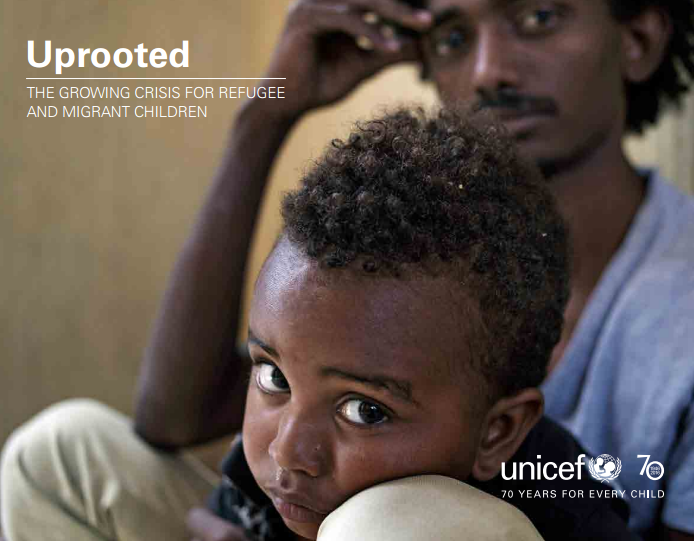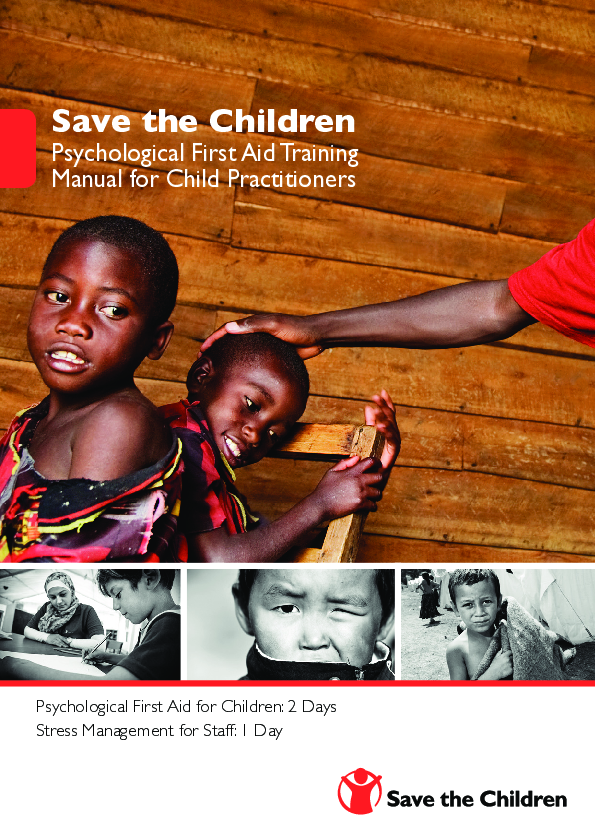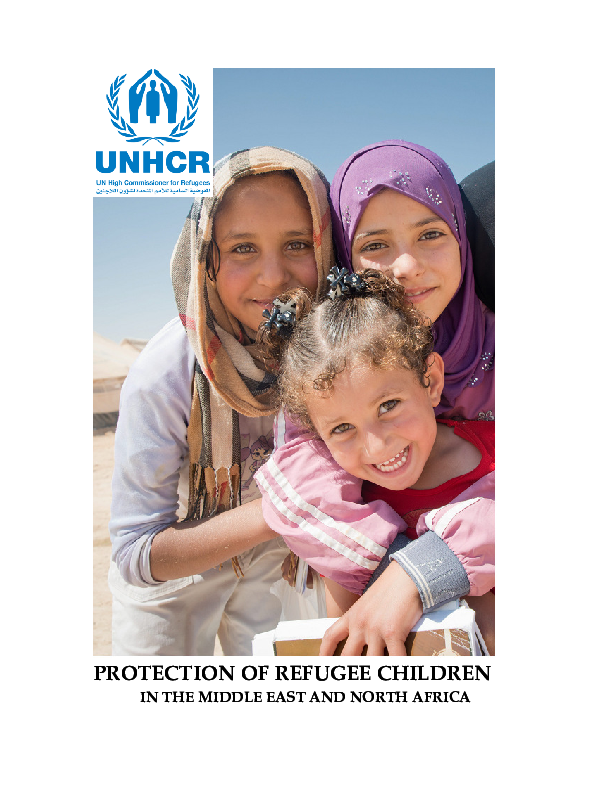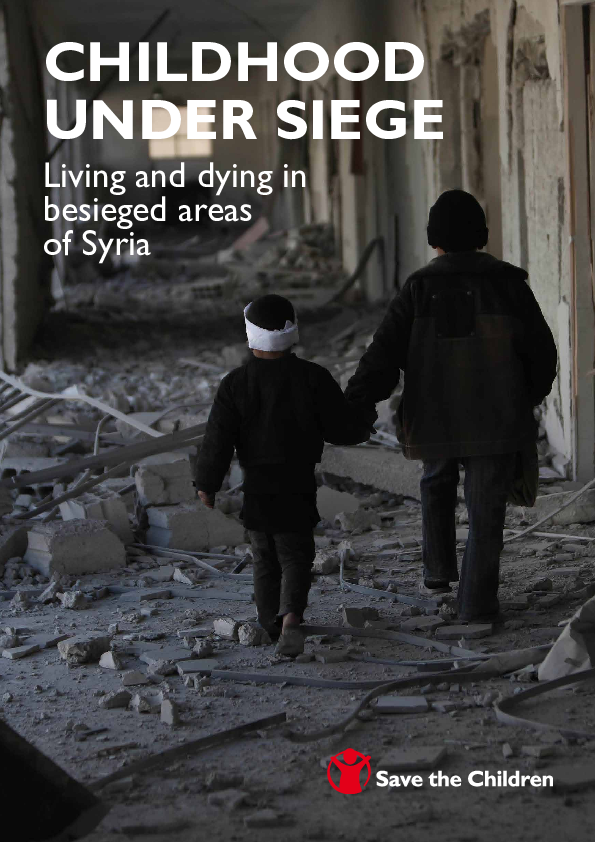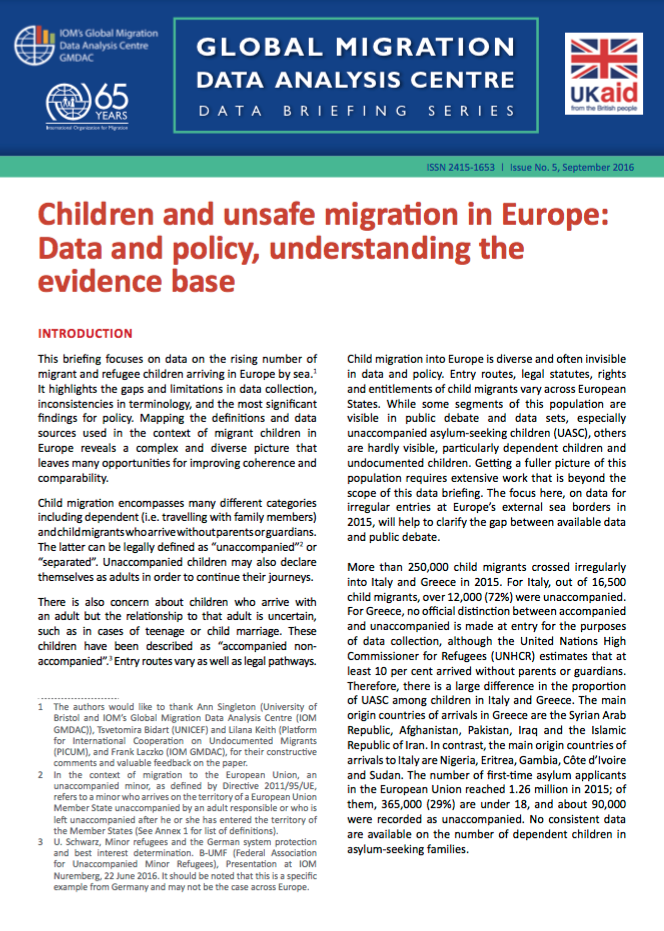Children rescued at sea
Share:
In September 2016, Save the Children launched the Mediterranean rescue operation Rescue at Sea. During its three months of operation, Save the Children’s search and rescue team, aboard the organisation’s rescue ship Vos Hestia, rescued over 2,700 lives, including over 400 children.
According to the IOM, the International Organization for Migration, 2016 was the deadliest year in the Mediterranean, with 5,079 dead or missing migrants and refugees as of 31st of December, despite an overall decrease of people attempting to cross. 361,712 migrants and refugees reached Europe in 2016 compared to over 1 million in 2015. 2015 witnessed 3,777 dead or missing migrants and refugees. The closure of several European borders and the implementation of the controversial EU-Turkey Agreement on March 20, 2016, stating that all ‘irregular migrants’ arriving in Greece are to be deported to Turkey, has resulted in a drastic reduction of migrants traveling to Europe via the Eastern Mediterranean route.
The Central Mediterranean route from Libya to Italy is now the principal route for migrants entering Europe, and it is also the deadliest. The vast majority of the dead or missing migrants and refugees in the Mediterranean have perished off the coast of North Africa on their way to Italy. One in 47 people attempting to cross between Libya and Italy never make it, according to UNHCR.

Young and on the Move: Children and youth in mixed migration flows within and from the Horn of Africa
2016 · RMMS, Regional Mixed Migration Secretariat
The purpose of this study is to provide an updated overview of children and youth as specific (albeit non-homogenous) groups in mixed migration flows within, through and from the... View Full Abstract
To complement Save the Children’s wider refugee response, Save the Children decided to launch its own central Mediterranean rescue operation Rescue at Sea in September. During three months of operation, the organisation’s search and rescue team aboard the Vos Hestia rescued over 2,700 lives, including over 400 children. Currently, the rescue operation is paused for the winter and will be relaunched in March.
The majority of people making the crossing from Libya to Italy are from African countries, the largest groups being from Nigeria and Eritrea, fleeing brutal violence and attacks by armed groups and rising food insecurity. Across the African continent, conflict, persecution and extreme poverty threaten children’s lives. The worsening situation for refugees and migrants in Libya has forced many refugees residing in the country to leave.
The Vos Hestia departs from Italian harbours and the operations are conducted in close cooperation with the Italian Coastguard, which is responsible for the coordination of all search-and-rescue operations at sea in that area. The Italian Coast Guard directs the Vos Hestia towards the boats with refugees and migrants in need of help.
The Vos Hestia is equipped with two small, inflatable boats operated by specialist rescue crews who carry out the life-saving task of retrieving people from their vessel, which can include rescue from capsized vessels and rescue of individuals who risk drowning in the waters of the Mediterranean. The rescue crews then transfer people to the Vos Hestia, which is capable of rescuing 300 people at a time.
Below: Short film showing the emergency evacuation from Save the Children’s Vos Hestia of 27-year old Mehret* who was 8 months pregnant and suffering from pre-eclampsia.
“Each operation is different and unpredictable, so we’re always very nervous before starting a rescue. Will we find people in good or bad conditions? Will we make it on time to rescue everyone? We never know” says Gabriele François Casini, Communicator at Save the Children who worked aboard the Vos Hestia and participated in the rescue operations.
Essential services are available to all rescued people, including food, water, blankets and medical care. Onboard are doctors, staff with special skills to help children and their families, as well as interpreters and cultural mediators who can understand the needs of the refugees and migrants.
“People are very scared, many of them have never seen the sea before. We explain to them where we are going and what will happen next. The moment they finally set foot on land is a very powerful one: you know that the most difficult part of their journey is over” continues Gabriele François Casini.
Onboard the Vos Hestia, there are Child Friendly Spaces where children can play and recover or get emotional care and support from Save the Children’s Child Protection experts, who also identify children who are particularly vulnerable or travelling alone, to ensure they receive all the support they need for a safe journey to and arrival in Italy. These services are vital as the total number of children attempting to cross has increased by two thirds compared to 2015. More than 90% of the children who arrive in Italy do so alone.
The Vos Hestia brings everyone onboard to a safe port in Italy – a journey that can take up to three days. Once in Italy, medical treatment as well as lifesaving emergency treatment are again provided to those in need. In Italy, Save the Children’s experienced teams have been responding to the refugee crisis for the last eight years.

Forced to Flee: Inside the 21st largest country
2016 · Save the Children US
What would happen if 65 million forcibly displaced people resettled in one place? That place would become the world’s 21st largest country.The world’s 65.3 million forcibly... View Full Abstract
Worldwide, more than 65 million people are now on the move, with no signs of this trend abating. The brutal conflicts in the Middle East have forced millions of people to leave their homes. More than 50% of Syrians are displaced within the country or abroad. So far, few Syrians take the Central Mediterranean route. However, Fadi* and his family from Syria were among those rescued by the Vos Hestia.
“In Syria you only had two options: you either steal or die of hunger. My children were three and two. Every day I needed 100 Syrian pounds just for the medication and treatment of my daughter – that’s not including food. But there weren’t any jobs left. The medication for Amena* was for her heart. She has a hole in her heart [Atrial Septal Defect] and she is asthmatic.”
Fadi and his family struggled to get by in Syria; he couldn’t find work and it became very difficult to make the 100 Syrian pounds a day necessary for his daughter’s medication. The family decided to go to Libya, where Fadi’s brother lived, and arrived in Benghazi in October 2010.
“In Libya too there was no work and it wasn’t safe. We were dead either way. We were left with God and the sea. Or you die where you are. It was a very difficult decision. I couldn’t sleep, day or night… I kept worrying. If something happens at sea, would God forgive me? Would the children forgive me?”
Below: Rescuing Amena*, 5 years on board Save the Children’s Vos Hestia.
Six years later, he made the difficult decision to bring the family to Europe. After a while, it turned out that they had put their lives in the hands of smugglers who lied and stole from them. When they arrived on the beach, the boat was overcrowded.
“I got on and found the boat full of people. The man told me to go on board and not interfere. I said we’d agreed there would be around 150 people but I could see 250 to 300 people. You couldn’t argue with them as they were armed. I wasn’t worried about myself. I was worried about the children. My wife was scared. As for the children, when we got to the beach, my son started crying and made me and my daughter cry.”
The engine failed several times during the trip. Fadi’s daughter Amena, 5 years, received oxygen from a tank throughout the journey. They were in the boat for 9-10 hours before Save the Children’s ship rescued them. Amena was one of the first to arrive on the Vos Hestia. When the rescue team found her, her oxygen tank had run out.

Migrant Smuggling Data and Research: A global review of the emerging evidence base
2016 · IOM, International Organization for Migration
The International Organization for Migration (IOM) has released this global review of the emerging evidence on migrant smuggling. It shows a unique perspective on the current... View Full Abstract
“She was in a critical condition. We managed to stabilize her with oxygen and basic drugs. I took the decision to evacuate her immediately, at all costs. If we had arrived even 1.5 – 2 hours later, she wouldn’t have made it, said Doctor Francesco Borreli, doctor on board Save the Children’s rescue ship.”
The next to come on board was the girl’s brother followed by their mother, who joined her daughter in an emergency helicopter to a medical clinic in Sicily. She soon recovered and her father is very thankful.
“Firstly, I would like to start a new life. Forget the past. Forget the war, the worries, and mostly this journey by sea, the journey of death. I hope to work and earn money – give my children a good education, have a better life, and be safe”, says Fadi
As of January 18, 2017, 3,051 migrants and refugees have arrived in Europe by sea – 2,353 of them on the Central Mediterranean route from Libya to Italy, according to UNHCR. So far, there are 226 missing or dead. Families will continue to risk everything in the search for safety and better futures.
Save the Children advocates for legal routes to Europe and works along the whole route that refugees take. The organisation provides psychosocial support, food, water and housing, mother-and-child friendly spaces, drop-in centres, and transit care. Save the Children also works in countries where their journeys end, such as Italy, Germany, Sweden or the UK, to make sure that children understand their rights and have access to the care and support they need.
(Fadi* and the other migrants/refugees were interviewed by Save the Children staff onboard the Vos Hestia.)
*The names in the article have been changed in order to protect identity
Featured Resources
13 resources
Share
Link

